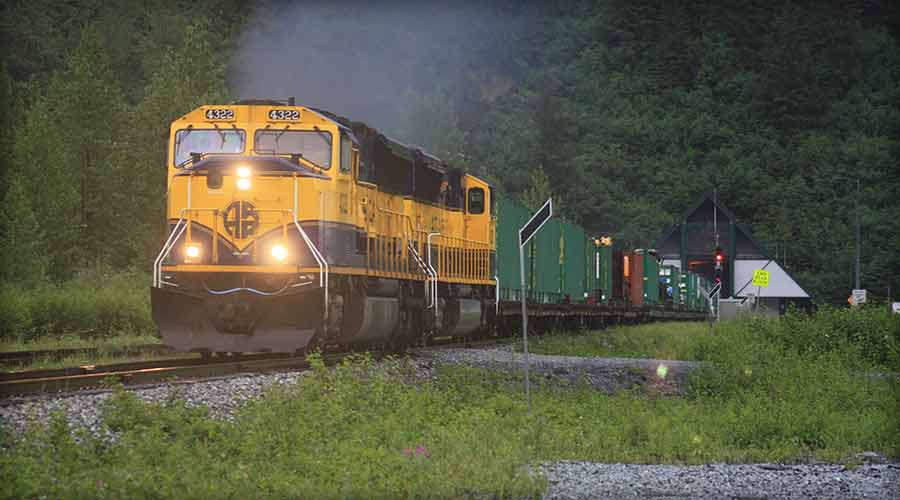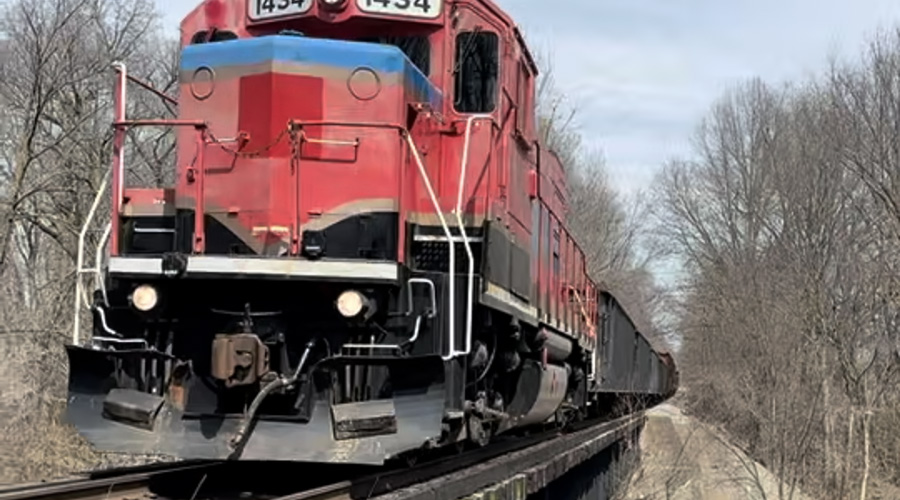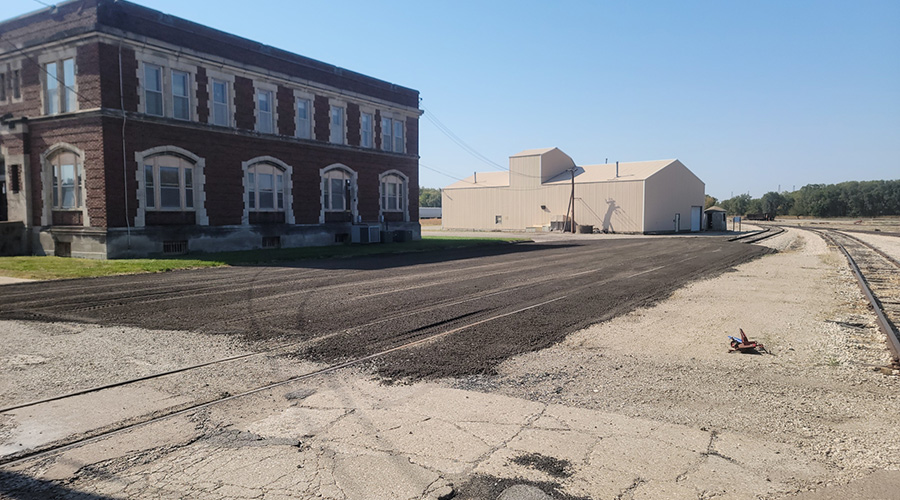Business as un-usual: Alaska Railroad boosts both passenger, freight traffic in 2022
10/28/2022
By Jeff Stagl, Managing Editor
It’s been a very unique year so far for the Alaska Railroad Corp. (ARRC), and in a very encouraging way.
The more than century-old railroad has registered gains in both passenger and freight traffic — something that hasn’t occurred in decades.
“It’s so unusual. It’s been quite a robust year,” says ARRC Vice President of Marketing and Customer Service Dale Wade.
The number of rail cars moved through September stood at 29,213 — already besting the 25,656 cars handled in 2021 and 27,084 cars logged in 2020. Intermodal volume through September totaled 18,614 units versus 22,289 units in all of 2021 and 19,752 units in 2021.
In September, rail-car traffic soared 40.9% while trailer-on-flat-car/container-on-flat-car volume climbed 9.4% year over year.
Total freight tonnage so far in 2022 is up after reaching 2.5 million in 2021 and 2.6 million in 2020. Moreover, annual freight revenue is trending at a 41% gain in 2022 after rising 5% in 2021 and jumping 14% in 2019. In 2021, freight and passenger traffic generated 39% and 11% of annual revenue, respectively.
 Total freight tonnage so far in 2022 is up after reaching 2.5 million in 2021 and 2.6 million in 2020. Alaska Railroad Corp.
Total freight tonnage so far in 2022 is up after reaching 2.5 million in 2021 and 2.6 million in 2020. Alaska Railroad Corp. The post-pandemic surge in transit demand has helped propel ARRC’s passenger traffic, as it has at many transit systems. The railroad expects to well surpass the 200,381 passengers served in 2021.
On the freight side, there have been a number of drivers. Almost every business line is up, says Wade. ARRC moves gravel, bulk petroleum, mining materials such as lime, military equipment, crude-oil production equipment and other freight.
The railroad operates a 470-mile mainline between Seward and Fairbanks, and a branch line to Whittier, where it interchanges cars coming from or heading to the contiguous United States via rail barges that sail between the Port of Whittier and Harbor Island in Seattle. In total, the railroad manages about 656 miles of track.
The railroad serves the cities of Anchorage and Fairbanks, ports of Whittier, Seward and Anchorage, Denali National Park and several military installations. Vessel and rail barge connections are provided from Seattle and Prince Rupert, British Columbia.
The top freight traffic drivers are the growing amount of projects needing gravel in Anchorage, increased oil-producing activity at Alaska’s North Slope and high number of cars handled with both BNSF Railway Co. and Union Pacific Railroad through the Harbor Island operation, says Wade.
A continuing expansion at Ted Stevens Anchorage International Airport and ongoing expansion of Seward Highway require a lot of gravel, he says.
 The railroad operates a 470-mile mainline between Seward and Fairbanks and a branch line to Whittier. In total, ARRC manages 656 miles of track. Alaska Railroad Corp.
The railroad operates a 470-mile mainline between Seward and Fairbanks and a branch line to Whittier. In total, ARRC manages 656 miles of track. Alaska Railroad Corp. Meanwhile, there is high interest in establishing more oil wells within the North Slope because of ConocoPhillips proposed $8 billion Willow oil-drilling project and a planned $2.6 billion Pikka oil development project. After those projects are completed, forecasted peak production shows 200,000- to 300,000-plus barrels would be added to daily oil counts in the North Slope.
For now, ARRC is moving many carloads of pipes, steel structures and chemicals to the North Slope due to the mounting oil well development, says Wade.
“There is high interest in oil wells in Prudhoe Bay at the North Slope that’s supported by steady oil prices,” he says. “We love steady oil prices — unstable prices are unproductive.”
While 2022 has been lucrative so far for ARRC, Wade is optimistic that freight revenue will trend upward again next year.
“We project traffic growth will continue in 2023,” he says.


